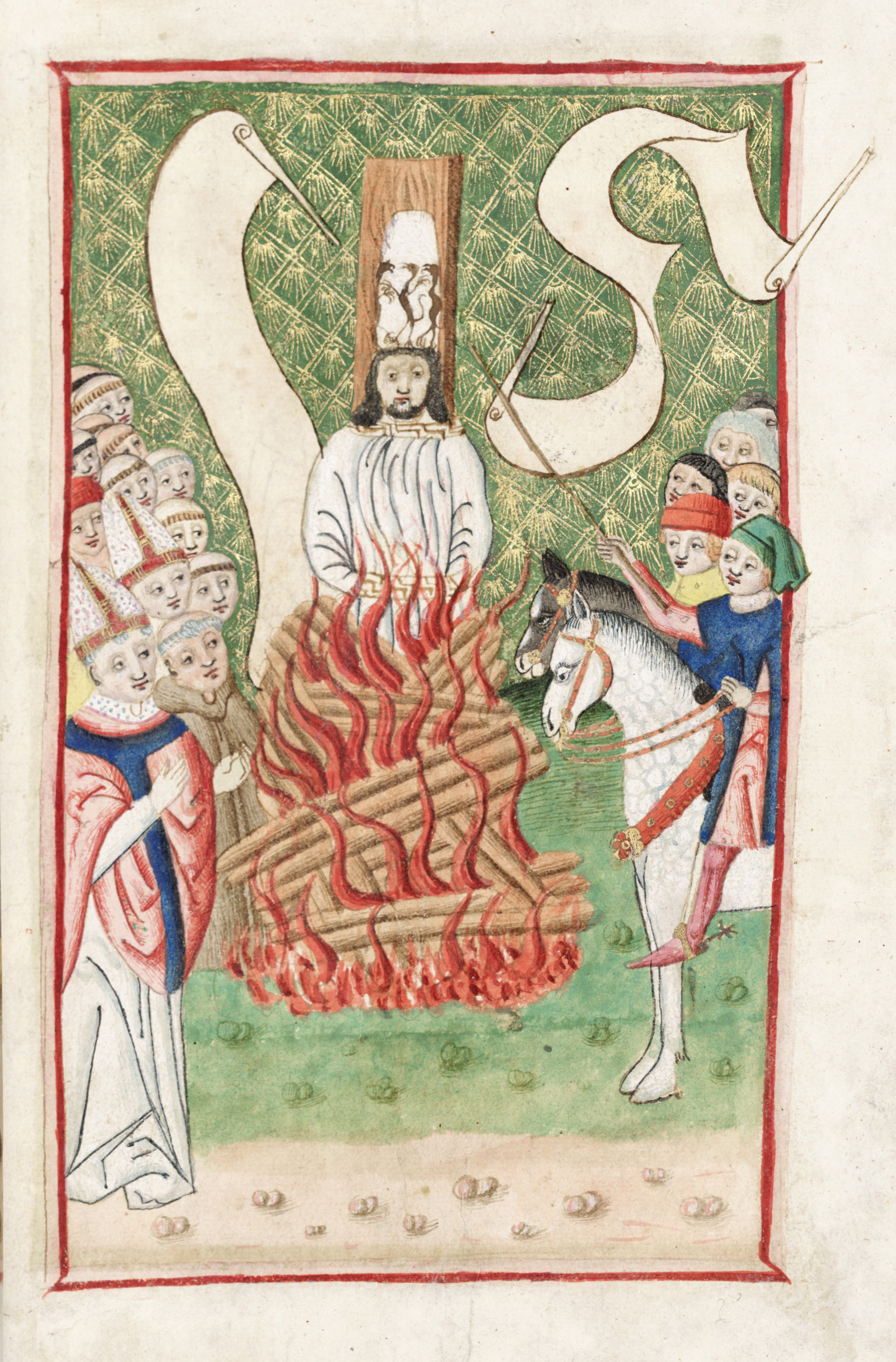
(Crossposted to Jewschool.)
Well, I agreed with Hershel Schachter, rosh yeshiva of Yeshiva University, last week, but unsurprisingly, this didn’t last long. Cross-Currents reports that, at this week’s Rabbinical Council of America convention, Schachter taught a class on why women could not be ordained, and said that ordaining women was a yeihareig ve’al ya’avor (i.e., in the category of violations that Jews are commanded to die rather than transgress), “because the Conservative movement had made egalitarianism a key plank in its platform”.
First of all, if Cross-Currents is reporting his statement accurately, Schachter is wrong on the facts, and giving the Conservative movement much more credit than it deserves. The Conservative movement has always been timid about egalitarianism, treating it as a leniency rather than as a principle, and certainly not as “a key plank in its platform”. There are still a number of non-egalitarian Conservative congregations, and the movement doesn’t seem to have a problem with this.
But let’s look at the general principle that Schachter propounds, that any key plank of the Conservative movement’s platform becomes a yeihareig ve’al ya’avor for Torah Jews. One of the things that Emet Ve’Emunah, the Conservative movement’s “Statement of Principles”, actually does say is “Conservative Judaism affirms the critical importance of belief in God”. Therefore, anyone following Schachter’s opinion must conclude that it is strictly forbidden to believe in God, and that this prohibition is so serious that it is better to die than to violate it. Yes, some (presumably left-wing fringe) Orthodox Jews and congregations still believe in God, but we can assume that they will fall into line soon.
I can see the scene now: Schachter and his students giving up their lives al kiddush [REDACTED], having their skin flayed with iron combs as they say with their last breaths, “Hear O Israel: There is no God!”